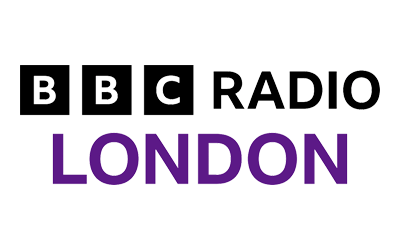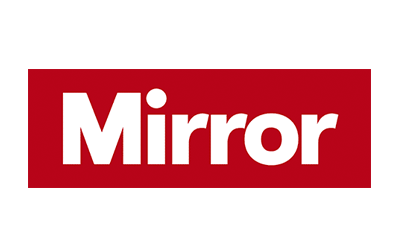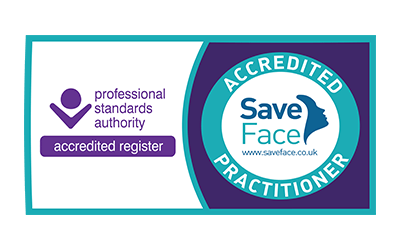What is liposuction?
Suction assisted lipoplasty – more commonly known as liposuction – is a procedure designed to remove unwanted areas of fat. Liposuction can be performed almost anywhere on the body, including the face.
There are various methods of liposuction, including:
- The tumescent technique
- Ultrasonic liposuction
- Power Assisted Lipoplasty (PAL)
- SmartLipo
Mr Karidis is one of the UK pioneers in the Power Assisted Lipoplasty technique, which offers consistently good results while minimising the risks of liposuction operations. Mr Karidis will advise you on the best method for during your consultation at the clinic.
What does the liposuction procedure involve?
Liposuction can be performed under general anaesthesia – a medically induced state of unconsciousness – or under local anaesthesia, with or without sedation.
After anaesthesia 3-4 mm incisions are made in the skin. Tumescent solution – which facilitates fat removal – is injected to temporarily close the capillaries and cushion the movement of the cannulae.
Cannulae are then inserted into the incision and moved back and forth to loosen the fat, which is then drawn away by a vacuum. A thin blanket of fat is left attached to the underside of the skin in order to ensure the resulting effect is smooth and natural.
If general anaesthetic has been used, you will need to stay in the clinic overnight. After the procedure is complete, you’ll be put on a drip to provide fluids and antibiotics. You will need to wear a compression garment to reduce any post-operative swelling and bleeding.
WHAT ARE THE RISKS INVOLVED IN THE LIPOSUCTION PROCEDURE?
There is an element of risk in any operation, but when performed by a highly qualified and experienced cosmetic surgeon these risks are minimised.
Complications associated with liposuction include:
- Thickened or discoloured scar tissue at the site of the incisions
- Haematoma – essentially a severe bruise, where blood collects under the skin in response to bleeding. Surgical drainage may be required
- Seroma – a collection of plasma under the skin, causing swelling in the lower abdomen. This is treated by wearing a compression garment, or via drainage in more extreme cases
- Blood clots – these are very rare after liposuction and Mr Karidis stipulates that patients wear TED stockings before the operation in order to reduce risk. During the operation special pump devices (Flowtron) are wrapped around the calves to prevent clots
The procedure generally results in some discomfort, particularly during the first week as the body recovers. Adequate pain relief medication will be prescribed to you after the procedure to reduce any discomfort.
Learn more about the liposuction recovery timeline.
IS GENERAL ANAESTHESIA SAFE?
When correctly administered, General anaesthetic is largely safe and represents much less of a risk than the procedure itself.
However, general anaesthesia is associated with a variety of side effects as well as a few rare but serious complications, including:
- Nausea, dizziness and vomiting
- Shivering
- Confusion and memory loss
- Bladder problems
- A sore throat or mouth from the breathing tube
Serious complications of general anaesthetic include:
- Anaphylaxis (an allergic reaction to the anaesthetic)
- Waking up during an operation
- Death (1 in 100,000 operations)
It is extremely rare that such severe complications result from cosmetic surgery procedures as they normally occur as a result of emergency surgery, when the risks associated with general anaesthesia are exacerbated by trauma.
You will meet your anaesthetist before the operation to discuss your medical history, lifestyle and any other factors (such as allergies) in order to minimise such risks.
Is local anaesthetic dangerous?
Local anaesthetic is safer, requires less preparation and has a faster recovery time than general anesthetic, although it does have some side effects. It is possible to administer local anaesthesia when performing lipoplasty to avoid the risks of a general anaesthetic.
Common side effects of local anaesthetic include:
- Dizziness
- Headaches
- Shivering
- Blurred vision
- Confusion and memory loss
- Numbness/ pins and needles
Twilight anaesthesia refers to the combination of local anaesthetic and a sedative. This results in a relaxed and drowsy state in which you are still conscious, minimising stress.
If you undergo liposuction under local anaesthetic you may feel mild vibration, friction or stinging sensations during the operation. Twilight anaesthesia can help to reduce this.
Mr Karidis will advise you on the best anaesthetic method for you during your consultation. If you’re interested in liposuction, whether that be for large areas of the body or to target a specific area such as knee liposuction or liposuction for the chin, neck and jawline, get in touch with us today.















